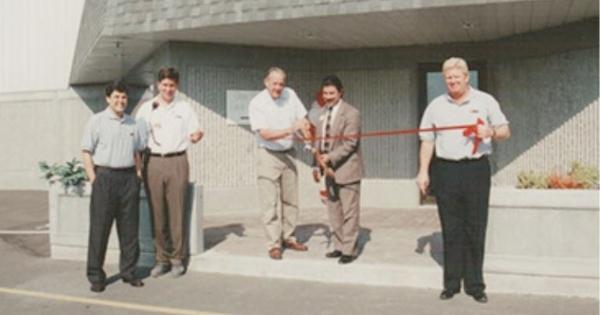ROOF TALK: Roof Warranties - Reading Beyond the Duration to Comprehend the Coverage

In today’s market we find significant focus from building owners on sustainable and durable roof installation.
By: Brian P. Chamberlain, Carlisle Construction Materials
To accomplish this goal, building owners look to designers to specify durable products, supply qualified installers, and have material manufacturers offer long-term warranties. The first two conditions can be controlled and monitored to make sure that the installation is verified to have the proposed quality. The roofing warranty is looked upon by building owners and specifiers as a way to get a guarantee that these first two conditions are met.
It’s very similar to an architect specifying a white membrane roof with the expectation, without any true consideration, that white membrane will help save energy associated to the operation of the building and in turn reduce the carbon footprint of the building. Unfortunately, without fully understanding how geography plays a major role in energy performance, the specifier may not design the roofing system to offer true energy performance and inadvertently increase other concerns.
Studies have shown white membrane roofs need to be designed according to the building location geographically1. With the same consideration, it should be understood that warranties are tools to assist in selling of roofing manufacturer’s products and may not be an indicator of durability.
1 Samir K. Ibrahim, “Sustainable Roof Design: More than a Black-and-White Issue”, RCI - Building Envelope Technology Symposium, San Diego, CA, 2009
To understand this fully, we need to review how roofing material manufacturers promote warranties and then review the fine print of what they are covering within the language of the warranty.
Durable roofing assemblies
The basic premise of a long-term warranty can be seen by how a manufacturer’s specification promotes sustainable assemblies. One of the first products we find typically required for longer term warranties is thicker membrane. Where shorter term warranties allow the use of thinner membrane such as 45-mil thick, longer term warranties are published with thicker membranes such as 90-mil thick. There is significant data to show that thicker membranes are superior to thinner membranes. For comparison, Figure 1 shows the results of a Federal Puncture Test with non-reinforced EPDM. The EPDM membrane with a 90-mil thickness has a 60% increase in puncture resistance over a 45-mil membrane.
Log in to WSRCA and continue reading.
Not a WSRCA member? Join today.
About the author: Brian Chamberlain has been with Carlisle Construction Materials since 1987. He graduated from the University of Wisconsin at Milwaukee, where he earned a Bachelor Degree in the Science of Architectural Design. Since joining Carlisle, Brian has been assisting architects, consultants, and specifiers on developing special engineered roofing, focusing on performance and sustainability assemblies. He is part of a team that is responsible for system configurations, details development, and code-testing. He has been involved in numerous technological presentations throughout the U.S., Canada, and overseas in South Korea and China, offering information on unique design issues, such as energy efficiency of insulation, geographic influence on roof membrane color, roof garden assemblies, photovoltaic interfacing, moisture vapor movement, and uplift performance of the roofing systems. Brian is a member of the RCI, CSI, and has 30 years of experience in the roofing industry.





















-2025-xtv-mls-tour-2.png)
Comments
Leave a Reply
Have an account? Login to leave a comment!
Sign In